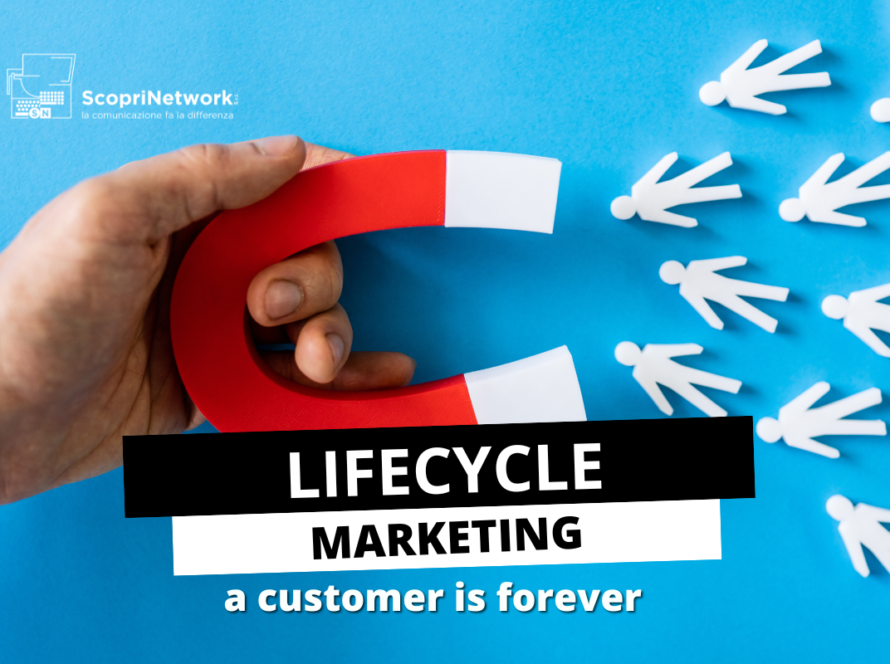How often do you think about the Roman Empire? This one, simple question took the internet by storm, as videos quickly started spreading of fathers, husbands and boyfriends revealing the surprising amount of time they spend thinking about the ancient civilisation.
The trend became so widespread it spawned an entirely new expression: “my Roman Empire is [blank]” referring to a topic someone obsessively thinks about. But why has the Roman Empire, out of all Empires, permeated so deeply in people’s minds?
The Roman Empire’s allure
Iconic stories like Ridley Scott’s The Gladiator and William Shakespeare’s Julius Caesar have certainly helped romanticise the Romans, however what truly sets them apart is the “brand identity” they created and spread throughout the conquered regions.
Despite the risk of sounding anachronistic, there’s a clear similarity in the ways the Romans achieved cultural and political hegemony, and the techniques big companies use today to increase brand awareness.
Name: the “brand’s” essence
A good name evokes an emotion, it tells people what the brand is all about. Apple, for instance, was named after the fruit because Steve Jobs loved apples, however it also perfectly captures Apple’s signature simplicity. Rome, too, has a name that captures its identity.
Legend says the city was founded by Romulus and Remus in 753 BC. The two twin brothers were the sons of a human woman and Mars, the god of war. As with many other myths, the King, fearing that brothers may claim the throne, had ordered them to be killed at birth, however their mother saved them by putting them in a basket down the river Tiber. The brothers were nursed by a wolf and later taken in by a local shepard. Once they had grown they decided to build a city on one of the seven hills along the river. Following a disagreement, Romulus killed Remus and became the first king of Rome.
The legend of its founders and the legendary character behind the name say a lot about what Rome stands for. The story reinforces not only the divine origins of the city’s founder, Mars the god of war, but also the struggle Romulus and Remus had to endure. Their kingdom wasn’t merely passed down, but earned. The violent end Romulus’ brother met, furthermore, emphasises Rome’s brutal yet firm nature, always prepared to do what is best for the Republic/ Empire. One such example of this can be seen in Rome’s brutal destruction of Carthage in 146 BC, which wasn’t just sieged but burned to the ground.
Logo: how to communicate at a glance
Ancient civilisations didn’t really have flags, however they did use insignia. Perhaps none is as recognisable and memorable as Rome’s: the Eagle and acronym S.P.Q.R.
As is the case with a name, a logo must also communicate a brand’s identity instantly. S.P.Q.R. stands for Senatus Popolusque Romanus, which is the Senate and the People of Rome. By putting the onus on the senate and people of Rome, rather than a monarch or emperor or even a specific ethnic group, it’s more likely for people to feel a kinship with the ancient civilisation long after its fall.
The senate is what ties the Romans to modern day, it helps create an image of an enlightened, classical and elegant time in human history. Despite sounding like a modern, democratic form of government, the Roman senate existed since its founding and can be essentially described as an aristocracy or, more accurately, as a council of elders: the etymology of the name itself comes from the Latin word for “elder”. Even during the Imperial age, when the senate had significantly less power, the Romans kept the insignia and “logo”. Emperor Constantine in the 4th century AD had S.P.Q.R. stamped on Roman coins.
To surmise, the Roman insignia or “logo” acts as a powerful tool to create a “brand identity” as the democratic elements, senatus and popolusque, easily resonate with people throughout the ages.
Values: the heart of the “brand”
Today, consumers prefer brands that share their core values. People want to see the brands they use as extensions of themselves. As Rome started expanding and conquering more regions they began granting citizenship to those born even outside of the city walls. Being Roman became more than the geographical location one was born in, it became tied to a set of values called Mos Maiorum (ancestral customs). Loyalty, piety, devotion, discipline, self-control, virtue and dignity were the values that defined a true Roman.
These features further set the Roman Empire apart from any other Empire or civilisation. To some, they make Rome not a page in the history books but a blueprint for an ideal society. This is proven by the fact many tried to recreate the Roman Empire: in the 9th century King Charlemagne created the Holy Roman Empire and in the 20th century fascist governments in Germany and Italy also co-opted Roman imagery, insignia and values.
Gadgets and flyers: how to increase awareness
In marketing, handing out gadgets, flyers and brochures help raise brand awareness as people are reminded of a brand through slogans and branded everyday items. This same technique was used by the Romans to gain power over conquered regions, but its effects can still be felt today.
Instead of gadgets, Romans built important infrastructure all over the Empire, effectively making populations constantly engage with Roman “gadgets”. The most clear and obvious example of this is the vast network of roads they built connecting every region to the Capital, generating the famous idiom “all roads lead to Rome”. These roads were so well built many countries used them as the foundation on which to build modern day roads.
Another important export the Romans brought and we still use today are Roman numerals and, in some countries, the Imperial measuring system (miles, feet,inches). But, the most effective way the Romans spread their “brand” was by teaching the Latin language. By using one language for administration and literature the Roman “identity” rooted itself within people from all regions of the Empire. It’s probably one of the main reasons people are still obsessed with the ancient Empire today, as all romance languages originated from Latin.
The biggest brand in history
Since the beginning of recorded history, more than 5,000 years ago, there have been many great Empires and civilisations, some were more powerful than the Romans but none lasted as long both in reality and in people’s collective consciousness. The Roman Empire used techniques that today are applied to marketing to carefully cultivate an identity which kept the Empire alive long after it fell. Although history has taught us that governments shouldn’t try to recreate the Empire, companies should look to Rome as a perfect example of how to generate loyal customers and brand awareness.





